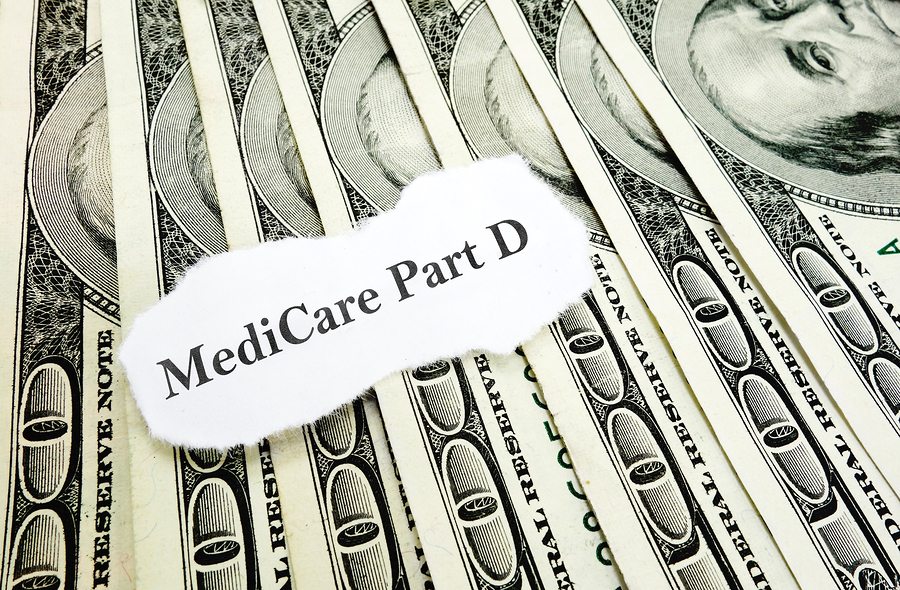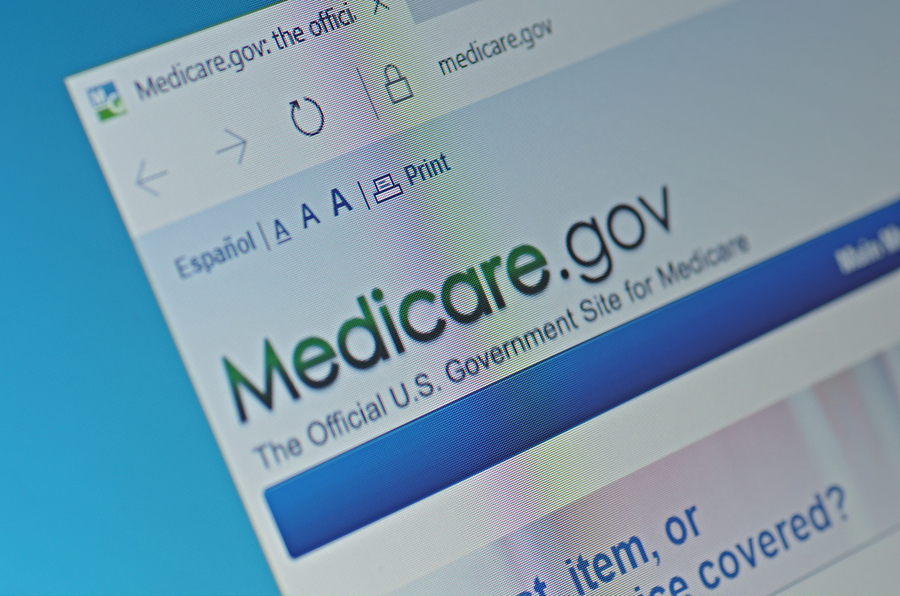A large number of people between 30-50 are ready to think about retirement. For many, retirement is a goal market yet rather than completion, retirement marks the beginning of a new adventure. Planning is an important part of successful retirement yet questions abound. Help is here. The financial folks at MoneyTips.com completed a survey of 500 American retirees to find the secrets to a successful retirement. The survey found while the definition of retirement varies across the board, successful retirees shared several traits in common.
An increasing number rely on a set income.
Of the 500 retirees surveyed, almost half have under $500,000 in total assets. 67% of the respondents have a set annual income under $100,000; 27% under $50,000. Of all the retirees polled a whopping 85% rely on social security for some or all of their retirement income.
Many worry about the future.
Almost half the retirees surveyed reported having similar financial concerns about the future. The most-commonly reported financial concerns were:
- Depleting savings accounts (25%)
- Incurring serious medical debt (24%)
- Maintaining a comfortable lifestyle (23%)
Other responses included paying for grandchildren’s education (7%) and planning an estate (5%).
They’ve found ways to pinch pennies.
Finding ways to save each day helps extend savings. Successful retirees shared these tips on saving money during retirement
- Create a spending budget
- Reduce monthly expenses
- Limit luxury purchases
Successful retirees also create financial plans including investment and insurance options.
They planned ahead.
Successful retirees are there by design. Among those surveyed, the majority responded as having planned for retirement early. For those reading this that have yet to begin, there is still time. Of all the successful retirees surveyed, over half waited until after 40 to start saving. The amount people can save for retirement will vary. Consider setting a percentage of income as a savings amount. Of those surveyed the majority saved between 6-10% of their income per year. Those in the highest category, saving 21% or more each year, only formed 8% of survey respondents.
For answers on what to do with those savings, 62% reported utilizing the help of a financial professional at some point. That included those with little financial experience to those merely seeking a second opinion for a decision. 44% of successful retirees report retaining primary control of their investment portfolio. 67% opted for traditional IRA accounts and 27% chose Roth IRAs. a 401(k) plan formed a portion of income for 53%. A number of other investment vehicles formed the remainder.










